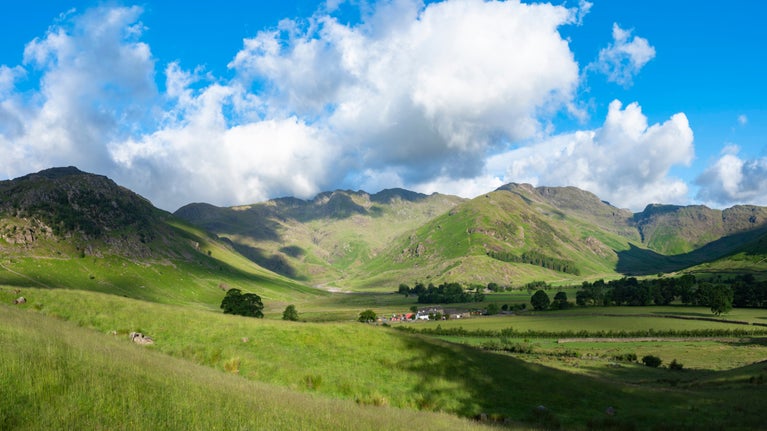
Nature conservation
From ancient trees to bees and butterflies, our places are full of life. We're working hard to safeguard nature for years to come.
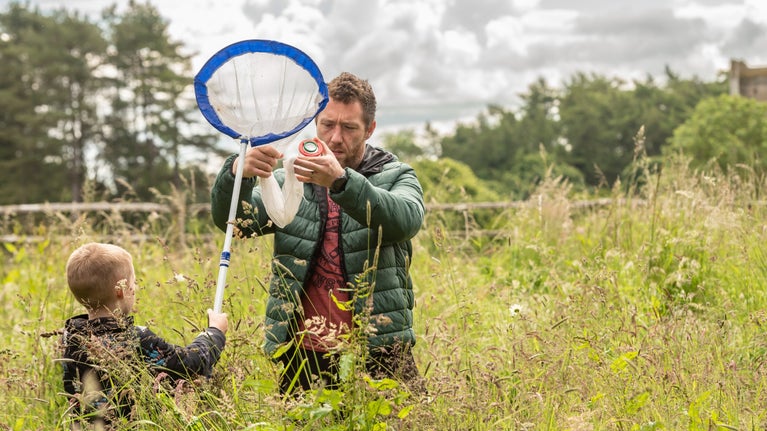
The scale of the nature and climate crises can feel overwhelming, but the actions we take as individuals can make a positive difference. Find out how you can help nature on your doorstep, from creating wildlife-friendly spaces to volunteering and campaigning.
The term ‘nature crisis’ describes the loss of biodiversity (biological diversity) on Earth, including animals, plants, fungi and microorganisms and the habitats where they live.
This interconnected web supports all life on Earth, including people. From the air we breathe, the water we drink and the food we eat, to the medicines we need to fight disease, all human life relies on biodiversity.
The nature and climate crises are two sides of the same coin – helping nature recover goes hand-in-hand with tackling the climate crisis. Healthy ecosystems absorb greenhouse gases, support biodiversity and help mitigate the effects of climate change.
We can all do something to help turn things around for nature and contribute to its recovery. Small, nature-friendly actions can make significant changes, benefiting people, wildlife and the whole natural world around us.
There are many ways you can make a difference. From using your voice to helping to create more places for wildlife to thrive in our communities.

Wildlife relies on joined-up habitats to move easily between different areas to feed, breed and find shelter. However, roads, developments and, in some cases, intensive farming practices, have all played their part in restricting the spaces different species need.
Over time, large, continuous areas of natural habitat have shrunk and become more disconnected.
Wildlife corridors, also known as green corridors, are areas that provide a link between habitats, helping to prevent further fragmentation and isolation. And we can all play our part in creating them.
Our gardens and greenspaces act as wildlife corridors, providing stepping stones for nature across our cities, towns and villages. They're a lifeline for biodiversity, helping wildlife connect to the wider landscape.
You can help by inviting wildlife into your garden or outside space, no matter what size it is. Whether you add a window box or a balcony planter or work together to make a community space more wildlife friendly, collectively, small changes can make a big difference.
The UK's gardens alone provide more space for nature than all the National Nature Reserves put together. Our gardens and shared spaces are vital for nature to thrive. The more wildlife we can support on our doorsteps, the more we can join up our landscapes.
Find ways to help nature on your doorstep and bring nature back to your neighbourhood.
Wildlife recording counts as citizen science, which is scientific research that anyone can gather voluntarily, similar to the RSPB's Big Garden Birdwatch or Butterfly Conservation's Big Butterfly Count.
Encourage schools, nurseries and colleges in England to get their educators creating green spaces and recording habitats and wildlife on education sites through the National Education Nature Park programme.
Your records allow scientists to access data on a scale that they cannot achieve alone.
You can submit wildlife sightings all year round using iNaturalist or iRecord.
You can find out more about ways to record wildlife by visiting the iNaturalist or iRecord websites or searching in the app store on your phone.
Recording your sightings via these apps helps with the long-term monitoring of species, including their population and distribution. This also feeds into decisions on conservation, research and local planning, as the species recorded are shared with Local Environmental Records Centres.
If you live by the sea or like spending time at the coast, you can help marine conservation by recording the skate, ray and shark eggcases you may find washed up on the beach. Visit the Shark Trust website for more information.
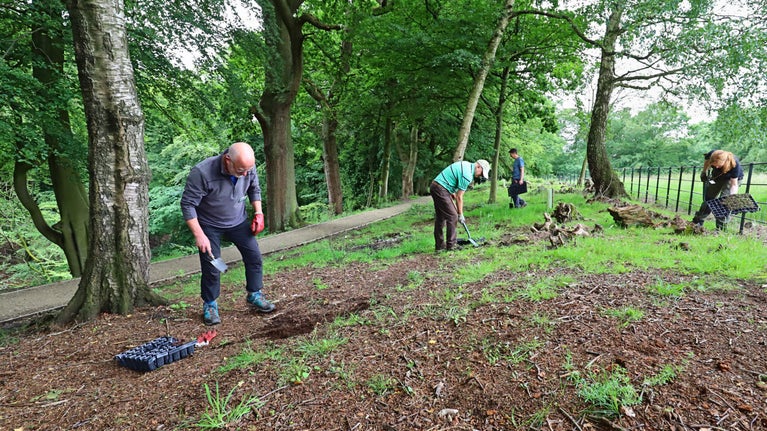
Are you concerned about something that has the potential to affect local wildlife? Perhaps you want to seek support for a nature-friendly initiative in your area, or lend your voice to a national campaign?
Writing to your local MP as an individual or as a community will give them the opportunity to hear more about your concerns and will help you make your voice heard.
There are many ways to volunteer locally and help the wildlife on your doorstep.
You may be able to help outdoors and get stuck in with practical conservation tasks throughout the seasons.
By volunteering at local nature reserves or with nearby projects, you're directly helping to protect local wildlife habitats and building relationships with like-minded people in your community. Volunteering as part of a group can also offer great wellbeing benefits and an opportunity to learn new skills.
If you'd like to help but aren't sure if practical conservation is for you, many organisations also ask for volunteer support in other ways, such as helping with events, office administration or education in the community.

From ancient trees to bees and butterflies, our places are full of life. We're working hard to safeguard nature for years to come.
The climate crisis can be overwhelming, but small actions can help make big changes. Find out how you can play your part with ideas from planting trees to going peat-free.

Learn how the right plants can transform your balcony into a vibrant green space, which will also help to support wildlife and improve wellbeing.
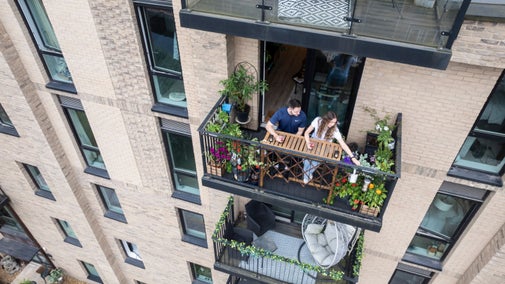
Looking for new ways to help your local wildlife? Here are some of our top tips on how to make your garden a haven for animals, birds and insects.
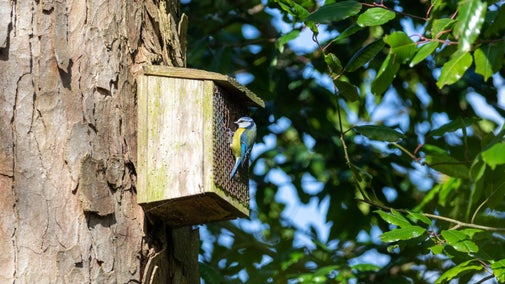
Discover resources and guides from The Wildlife Trusts' Nextdoor Nature Hub, which is designed to support you and your community in helping nature in your neighbourhood.
